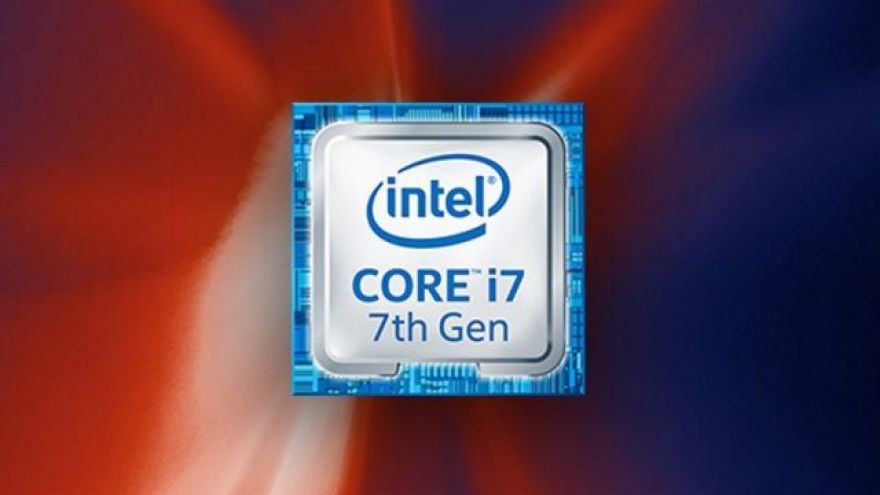
Intel has shipped Hyper-Threading CPUs for well over a decade, even subtracting the Core 2 era when the technology wasn’t used. For most of that time, Hyper-Threading has been a technology that ‘just worked.’ Initial problems under Windows 2000 and Windows XP were ironed out by service packs and software updates. And while there’s been the very occasional case in which turning off Hyper-Threading improves performance, it’s a rare enough issue that I can’t recall any instances offhand. Now, a major Hyper-Threading flaw has been discovered that can destabilize Intel CPUs based on both Kaby Lake and Skylake — not something Intel needed on the heels of AMD’s new CPUs.

has made a name for itself with its reusable rockets, but the company has only begun for a second time relatively recently. Earlier this week, SpaceX delayed launching its first Bulgarian payload, BulgariaSat-1. Today, the rocket launched and reached orbit without incident. It was a significant launch for both companies. For SpaceX, this is the second demonstration of its reusable rocket capabilities. For Bulgaria, it’s the first satellite the country has ever launched. BulgariaSat-1 is based on the SSL 1300 satellite platform and will be used to provide HD TV and other fixed-position satellite services. Power is provided via six solar panels, and BulgariaSat-1 is the first satellite to ever sit in geostationary orbit above the country as well.

One of Google’s most controversial practices over the years has been the automated scanning of email contents. Google used that data to target ads inside Gmail, which it places at the top of the list in your social and promotions tabs. Google now says it , but the decision was not made by the Gmail or advertising teams. It comes from Google’s cloud unit, which is responsible for selling G Suite business subscriptions. G Suite, or Apps for Work as it used to be known, costs $5 or $10 per month for each user, but larger customers can contact Google for enterprise pricing.
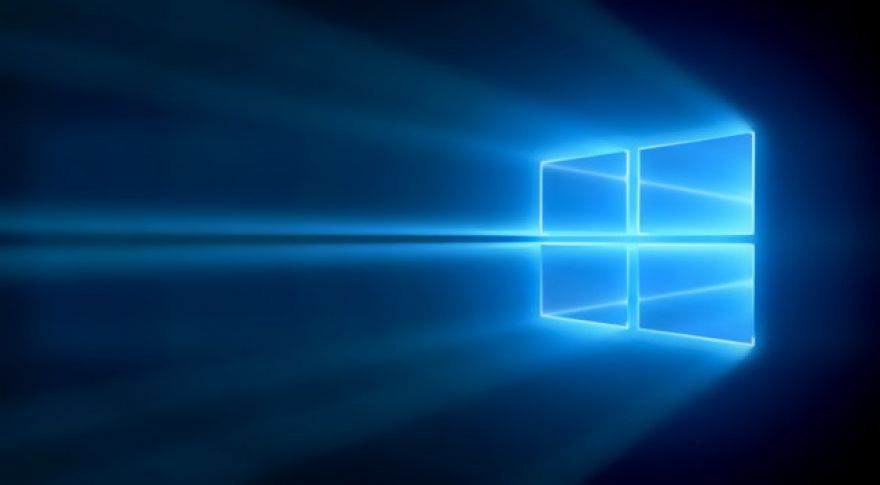
One of the major pitches for Microsoft’s new , which only runs apps that you download from the Windows Store, is that it’s significantly more secure from malware and other types of attacks. The company has also touted Windows 10 S as being less susceptible to ransomware, and protected from types of attacks that have taken down previous Windows versions. As with most promises of this sort, the truth is rather more complicated. It’s true that Windows 10 S does protect against certain types of downloadable malware, but as ZDNet has , it’s not a perfect defense. After picking up a Surface Laptop and installing all available security updates, they turned the device over to security researcher Matthew Hickey to see how long it would take him to break through the operating system’s defenses and install ransomware.
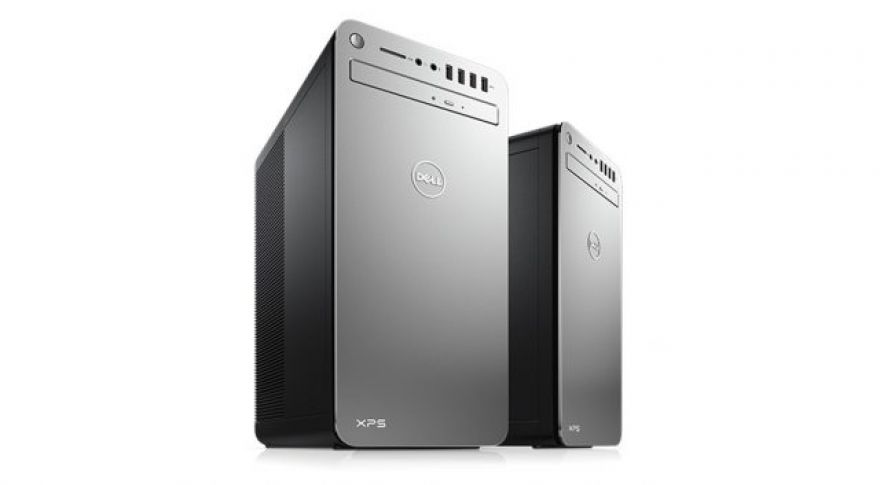
In search of an affordable desktop that has plenty of room for upgrades? Take a look at the XPS 8910 tower PC from Dell. With a sleek modern design, a Skylake CPU, space for three 3.5-inch drives, and support for up to 64GB of DDR4 memory, this PC is up for almost anything. (List price: $799.99– Coupon code: XPS499) So, what kind of specs are we looking at here? This tower ships with a sixth generation quad-core 2.7GHz Intel Core i5-6400 processor, a dedicated Nvidia GeForce GT 730 graphics card (with 2GB of memory), 8GB of DDR4 RAM (2133MHz), a 1TB 7200RPM hard drive, an optical burner, gigabit ethernet, Bluetooth 4.2, and 802.11b/g/n/ac WiFi support.
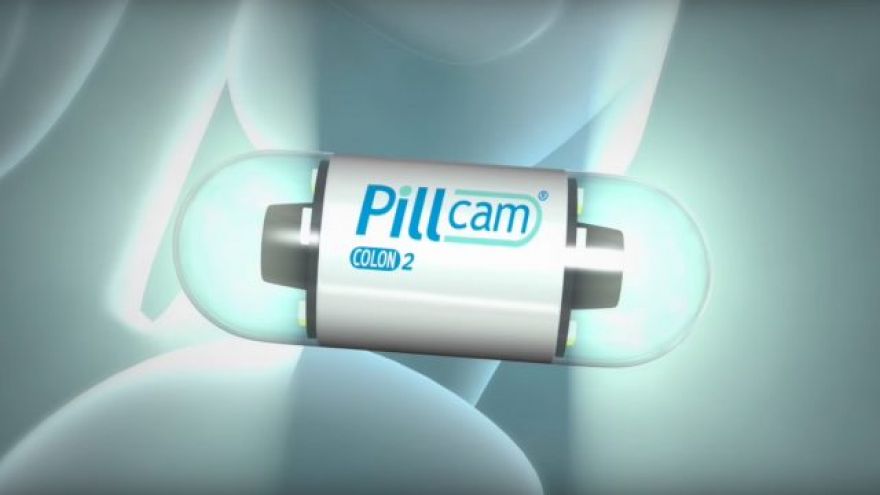
The American FDA has a track record of sitting back and letting Europe guinea-pig medical innovations for us, especially durable goods. Many a web search has resulted in the familiar shutdown: “not available in America, although in common use in Europe.” I myself have participated in medical tourism for a durable implantable device that’s been in use in Europe since the mid-1980s, but still isn’t available stateside, for reasons beyond my ken. One such device, which has settled into widespread use in Europe, but remains under provisional FDA oversight instead of outright approval, is the PillCam. You may have heard about the device a few years back, but it’s still hung up in the world of “off-label” use.

Earlier this April, Imagination Technologies announced that it would no longer provide key graphics IP to Apple within 15 to 24 months (July 2018 to April 2019). The announcement , and Imagination soon announced that it would seek to sell off at least two business segments: MIPS, its low power and embedded microprocessor division; and Ensigma, its low-power wireless division. The plan, at least initially, was to double down on its core graphics business, which has produced the bulk of the company’s revenue in recent years. Now it seems plans to and sell it piecemeal have themselves been canceled.
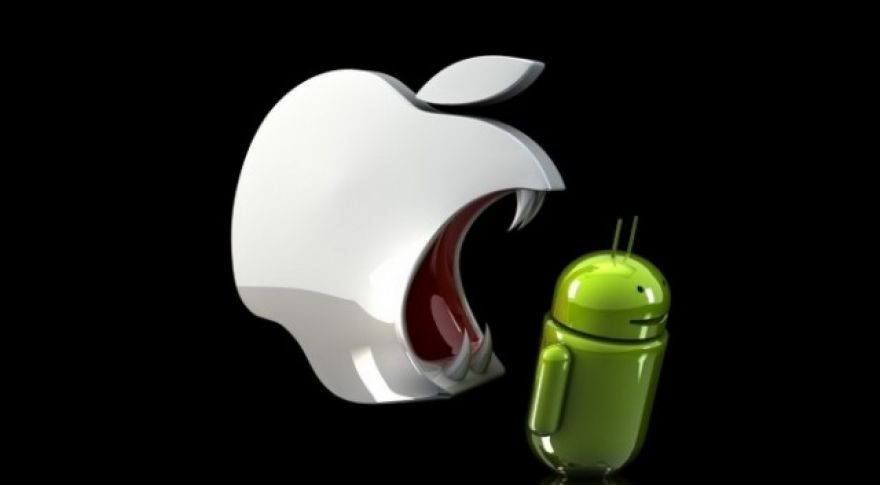
For the past few years, Qualcomm has been the undisputed king of premium smartphone SoCs. While not every company uses Qualcomm’s Snapdragon processors, its LTE modems have been extremely successful. Other companies have begun to take more market share, but for several years, Qualcomm virtually owned the entire LTE market. Other companies and governments have alleged Qualcomm’s meteoric success in the 4G/LTE space may have had more to do with its willingness to abuse its de facto monopoly in LTE modems, as opposed to unilaterally building the best product. Apple has already filed suit against Qualcomm, but now the company is broadening the scope of its attack.
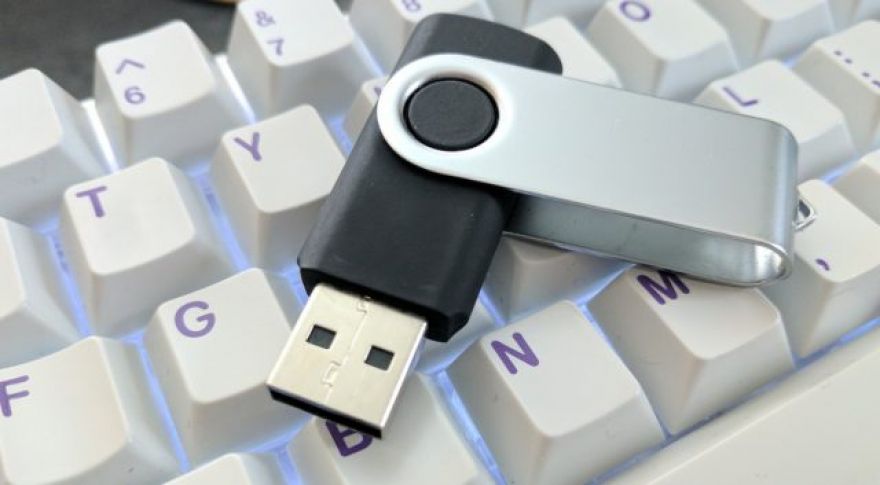
No matter how secure you think a computer is, there’s probably someone out there armed with an exploit that could blow it wide open. The only way to be relatively sure no one will gain access to the data on that machine is to disconnect it from the internet and tightly control who can lay their hands on it in real life. A new cache of CIA documents posted on Wikileaks the methods employed by the CIA to hack these so-called “air-gapped” machines. As with many exploits, it relies on people being the weak link. There have been a number of ingenious proofs of concept of the years for accessing an air-gapped computer without a network.









